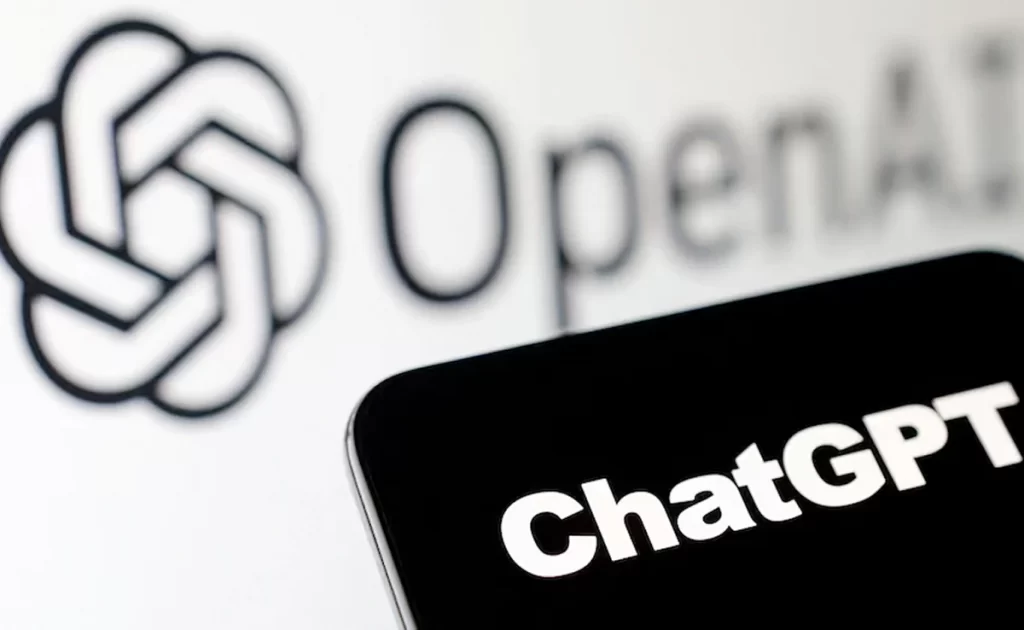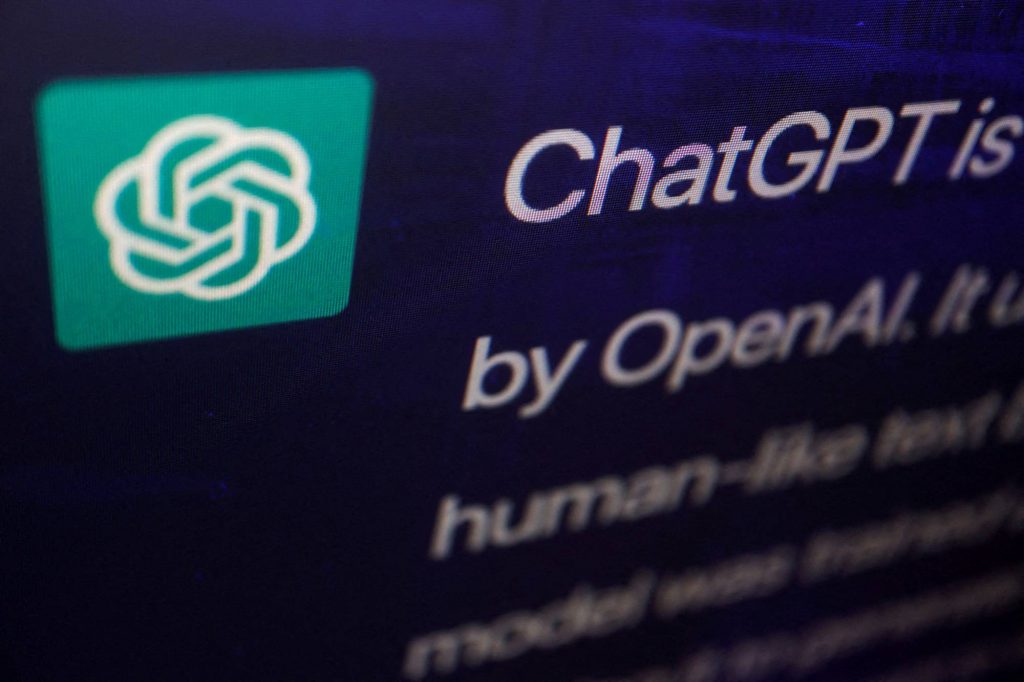OpenAI has announced the launch of its latest AI language model, GPT-4, claiming that it is more creative and collaborative than its predecessors and can solve difficult problems with greater accuracy. While it can parse both text and image input, it can only respond via text. The company has already partnered with several companies to integrate GPT-4 into their products, including Duolingo, Stripe, and Khan Academy. The new model is available to the general public via ChatGPT Plus, OpenAI’s $20 monthly ChatGPT subscription, and is powering Microsoft’s Bing chatbot.

GPT-4 retains many of the same problems as earlier language models, including a tendency to make up information (or “hallucinate”) and the capacity to generate violent and harmful text. However, OpenAI says that its improvements are evident in the system’s performance on a number of tests and benchmarks, including the Uniform Bar Exam, LSAT, SAT Math, and SAT Evidence-Based Reading & Writing exams, in which it scored in the 88th percentile and above.
The distinction between GPT-4 and its predecessor GPT-3.5 is said to be “subtle” in casual conversation. OpenAI CEO Sam Altman has tweeted that GPT-4 “is still flawed, still limited” but that it also “still seems more impressive on first use than it does after you spend more time with it.”

While the launch of GPT-4 is undoubtedly an exciting development, it is important to note that language models like these are not without their limitations and ethical concerns. OpenAI’s caution about GPT-4’s tendency to generate harmful text is a reminder that these systems must be used responsibly and with a deep understanding of their capabilities and limitations. Nonetheless, the launch of GPT-4 marks a significant milestone in the development of AI language models and holds promise for the future of AI-powered applications.


